Energy is a key factor in combating climate change, one of the biggest challenges the world is facing today. India has committed to cutting emissions to net zero by 2070 and set ambitious targets for adopting renewable energy. Achieving these targets requires careful planning and an overhaul of our current energy system.
Our work aims at enabling policies that encourage the adoption of rooftop solar, facilitate the development of technology for energy storage, strengthen the grid and transmission infrastructure, advance hydrogen technologies, and promote green mobility. CSTEP's research looks at the various aspects of mainstreaming renewable energy for a cleaner, greener energy sector.
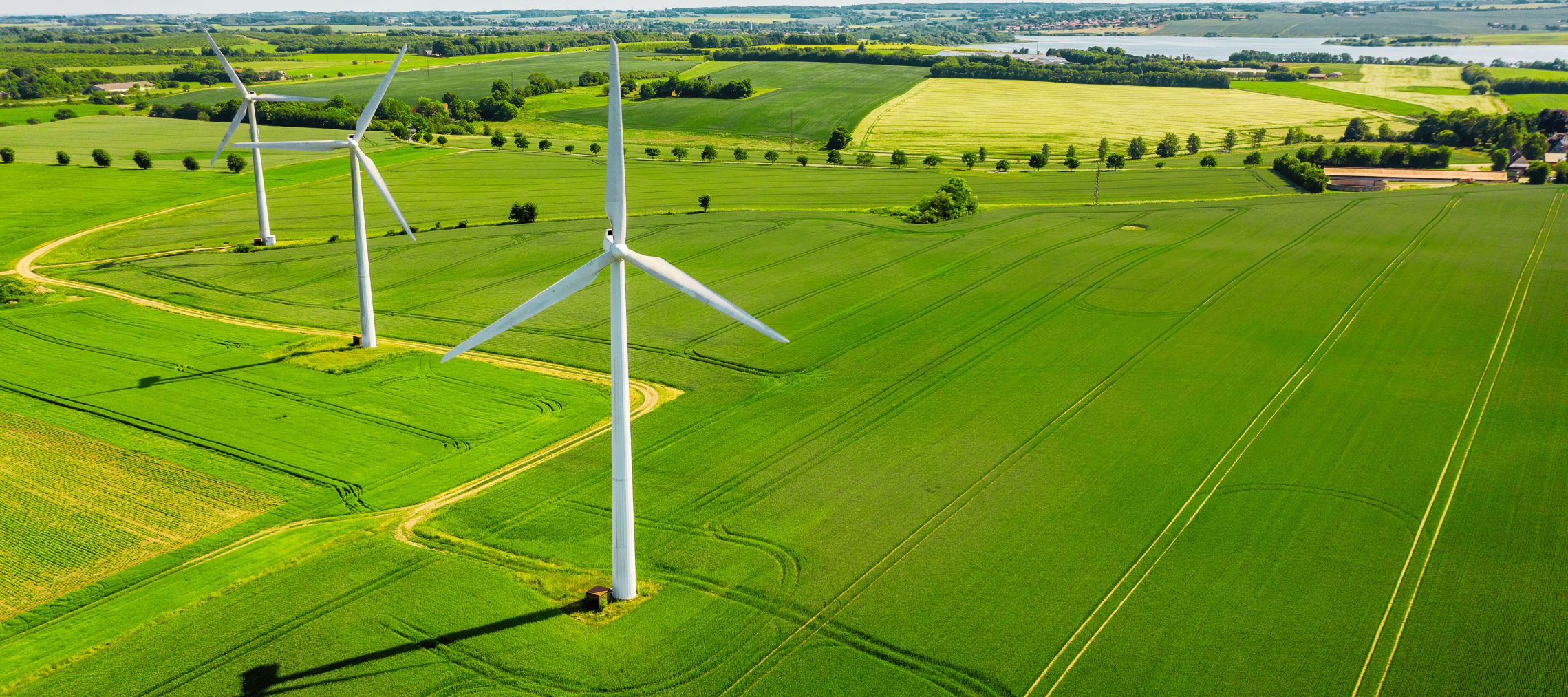
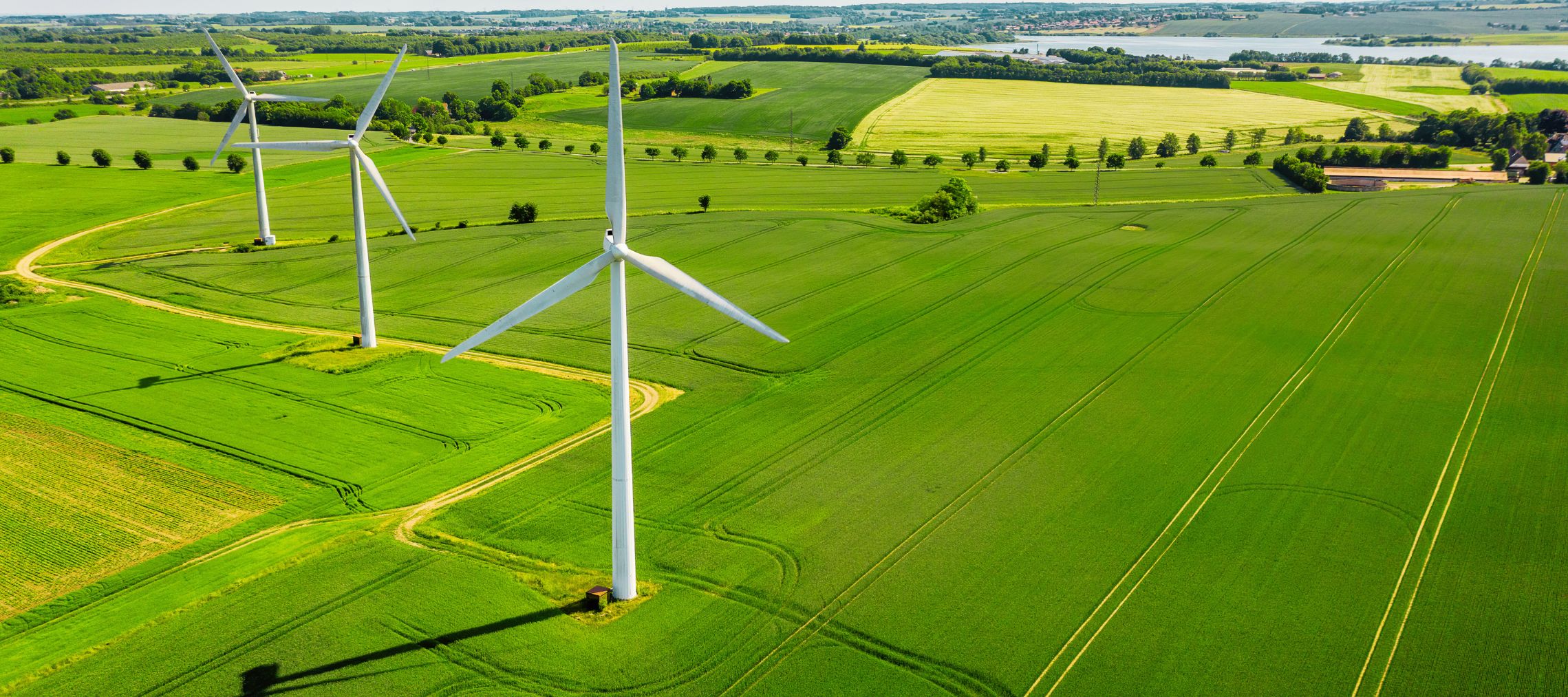

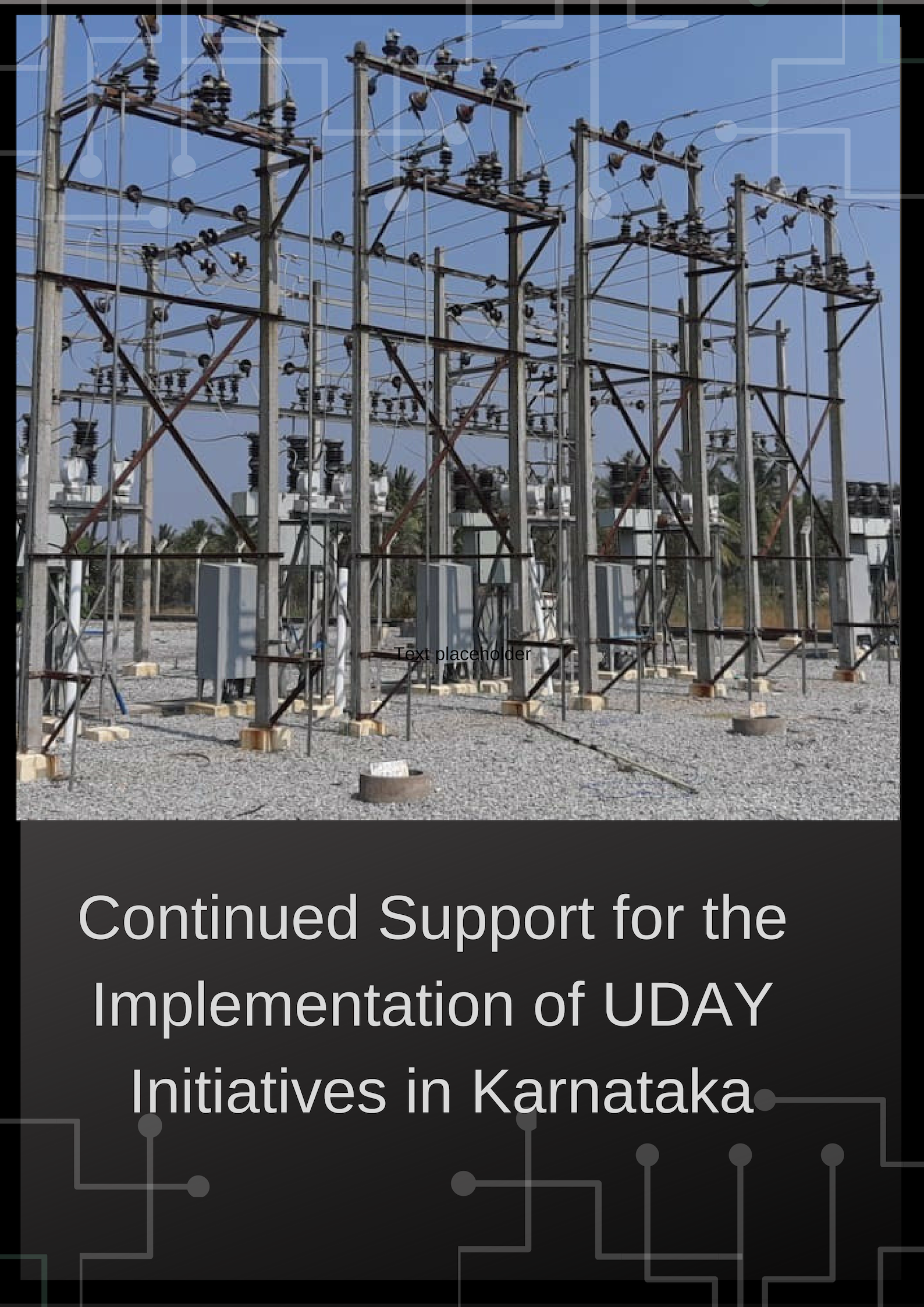
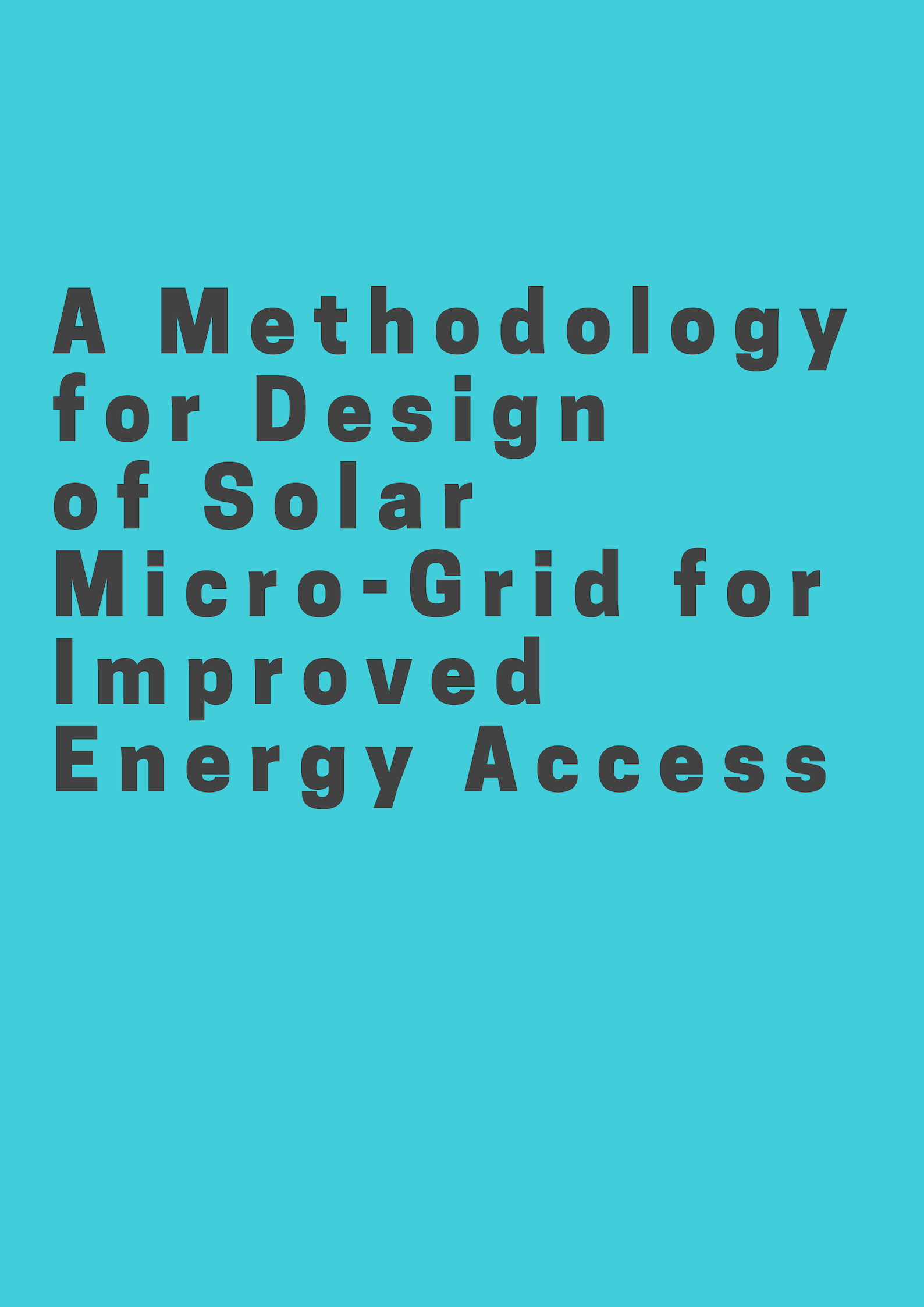
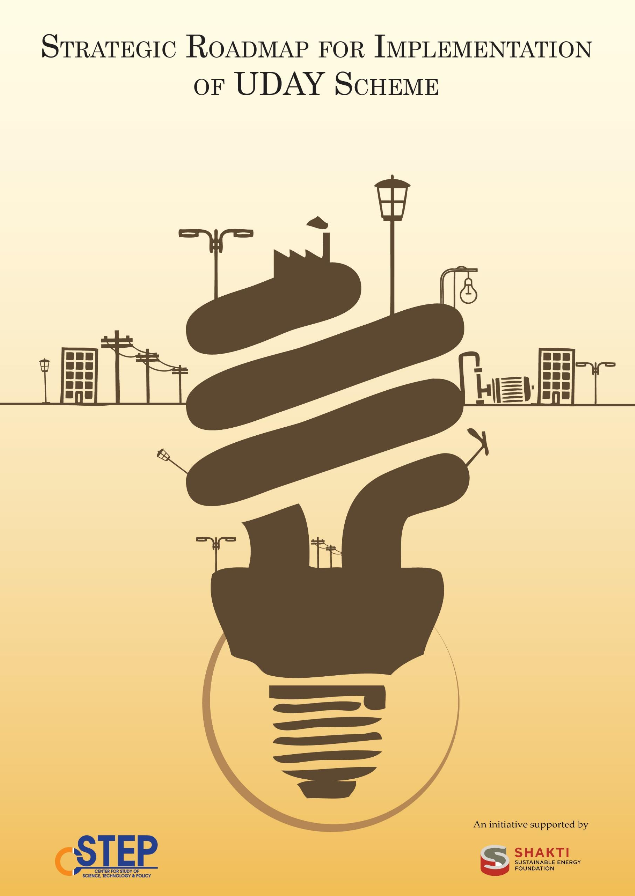
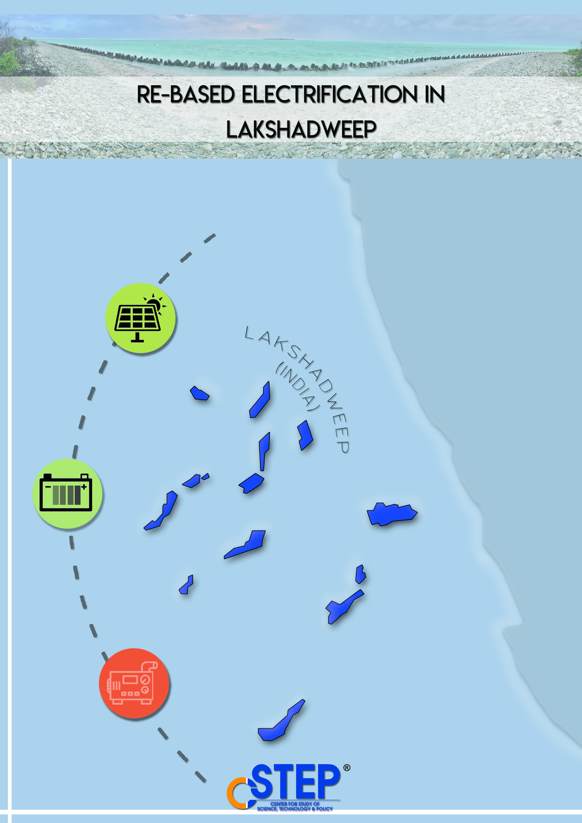
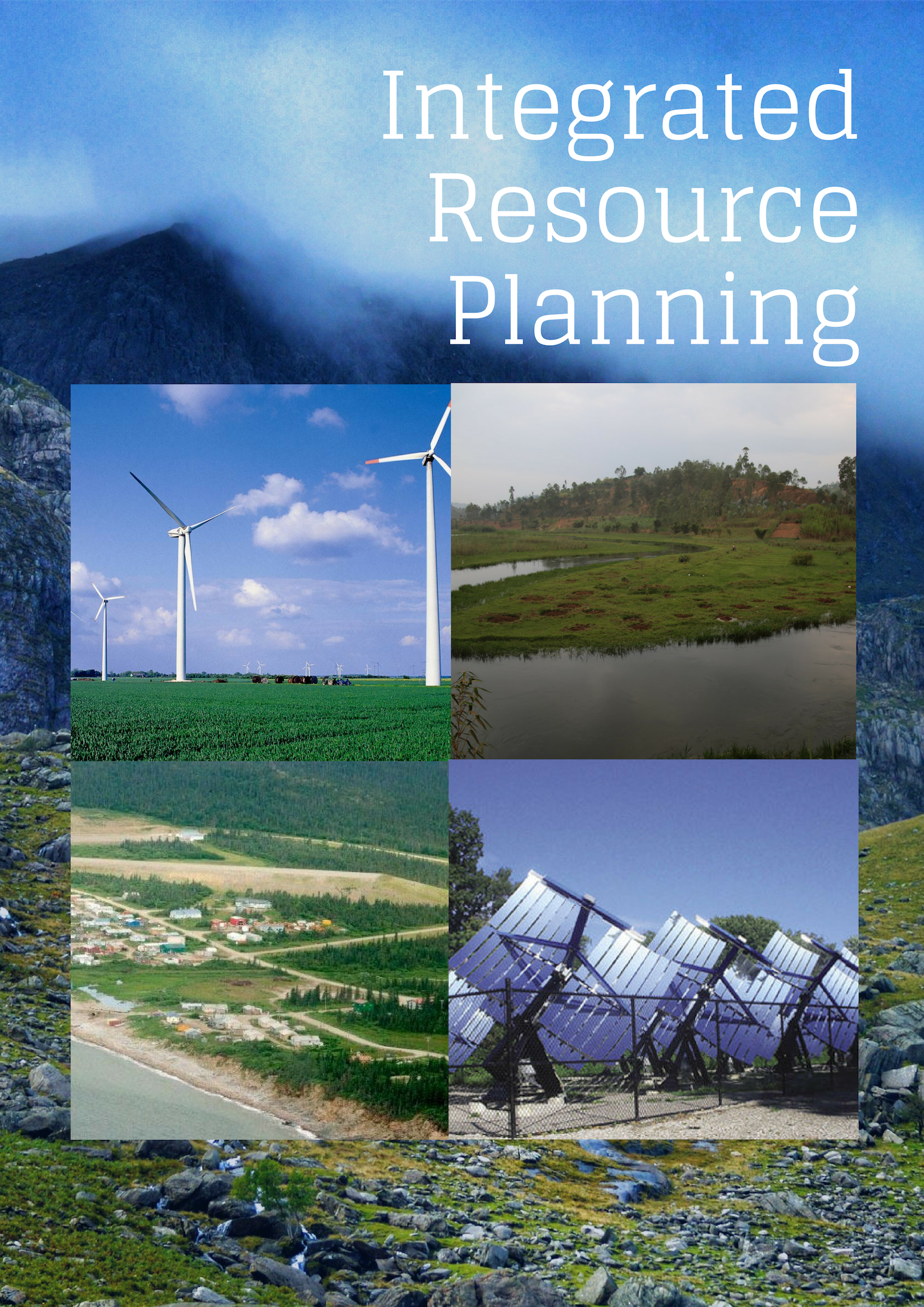
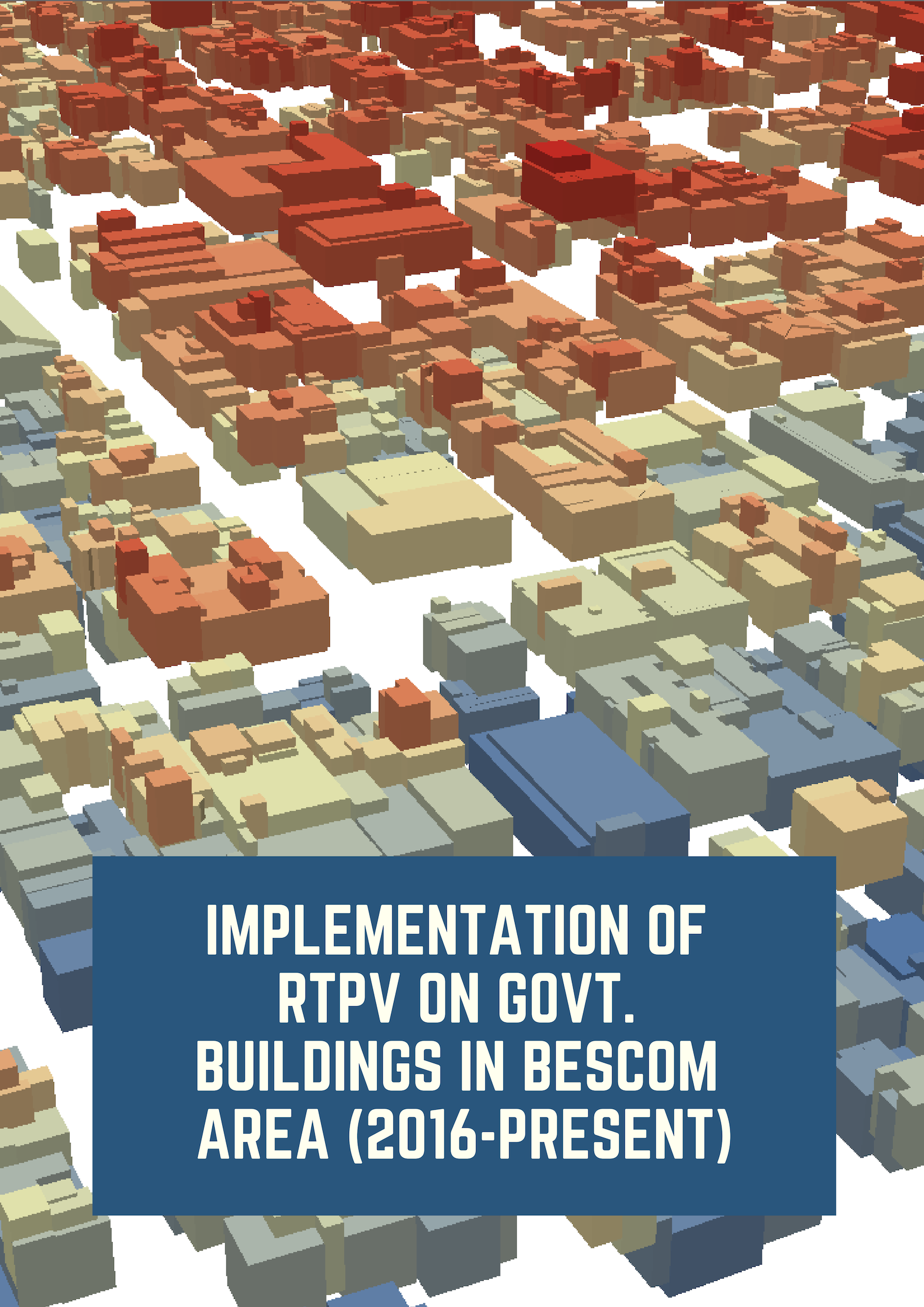
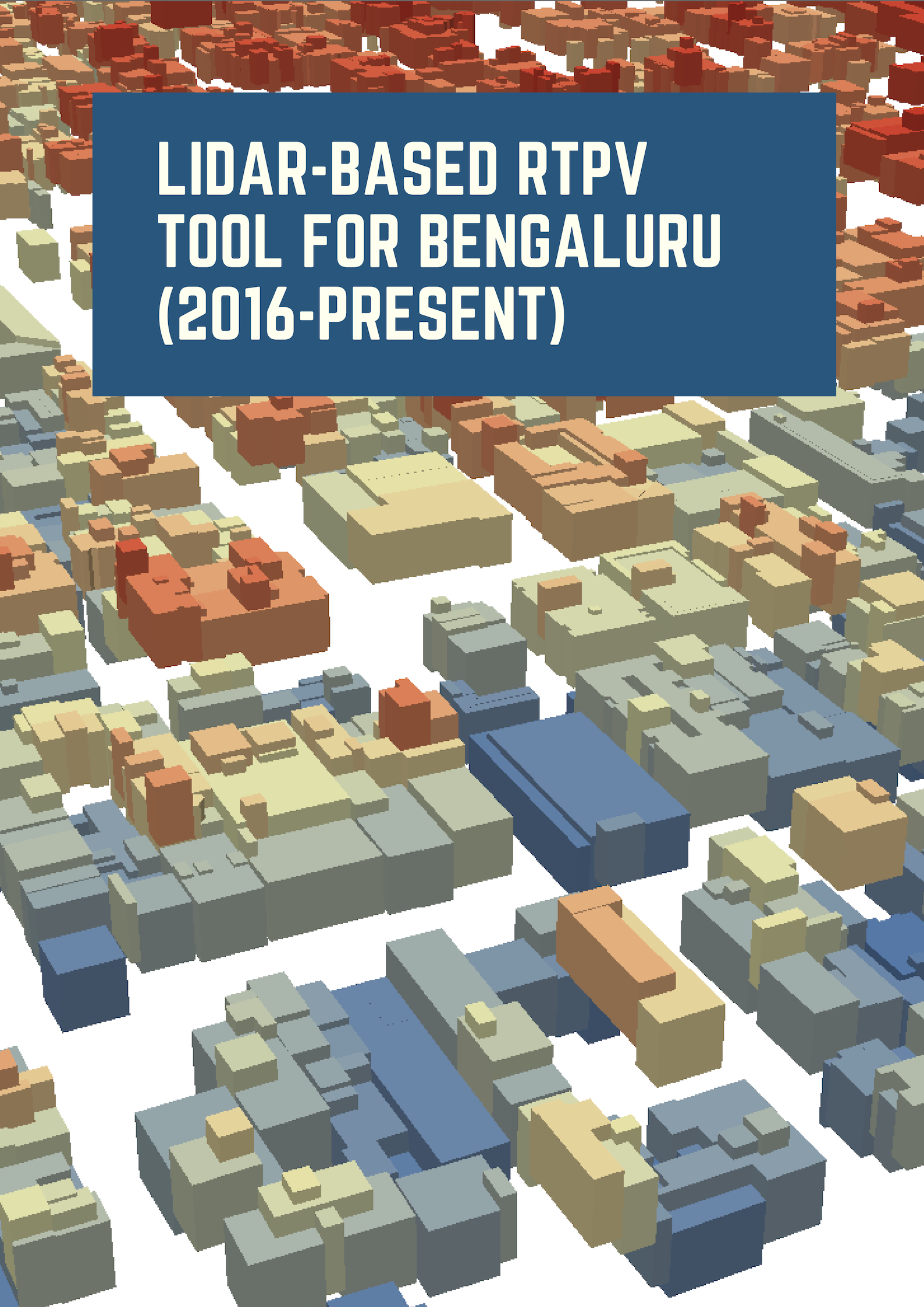

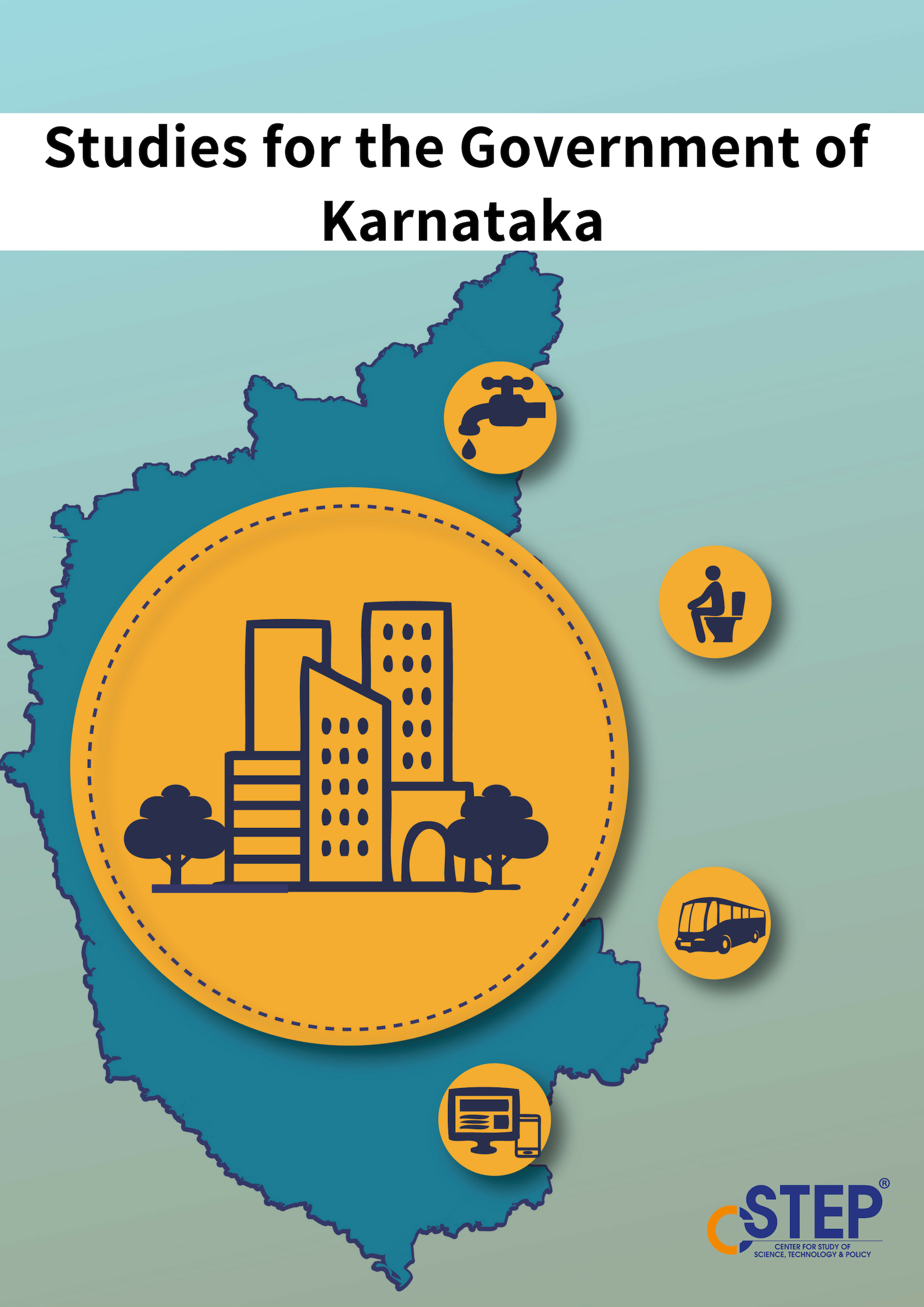

Green energy spikes up
The ongoing pandemic has spared none, including the power sector. According to the International Energy Agency (IEA), following the pandemic, the global energy demand has reduced by around 6%. This, along with the increase in the percentage share of renewable energy sources, indicates that carbon emissions this year will decrease by around 8%.
Rooftop solar - A boon for India’s energy transition
The overall story of India’s solar power sector is one of extraordinary growth. India has grown its solar power capacity from 2.5 GW in 2014 to almost 36 GW today. Of this, over 30 GW capacity is generated by ground-mounted solar power plants, such as the Bhadla Solar Park in Rajasthan and the Pavagada Solar Park in Karnataka — both developed by the Government of India under the National Solar Mission — among others.
